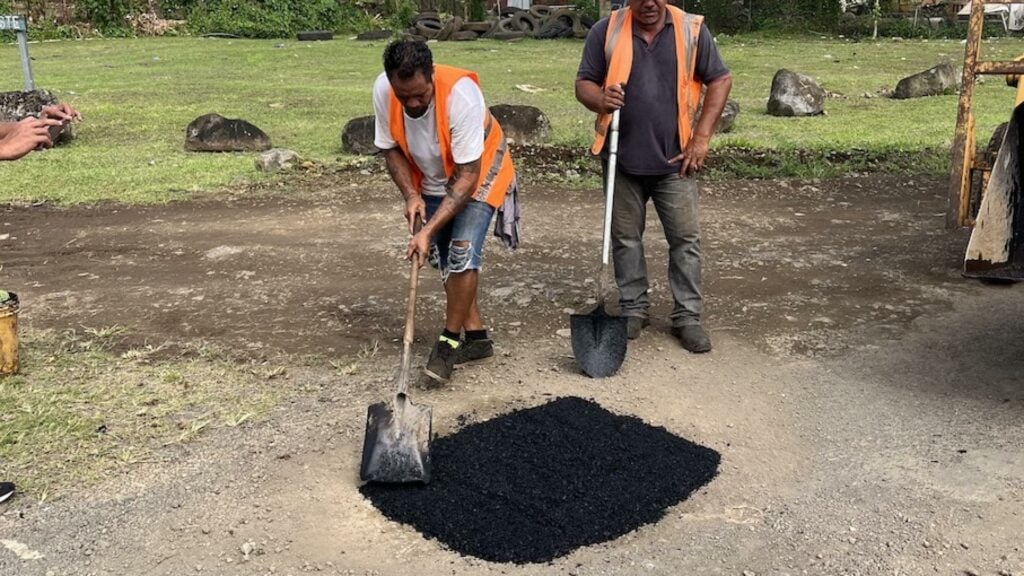Glass recycling is a relatively good energy saver. Using recycled glass to make new glass products uses 40% less energy than using all-new materials. Crushed glass, known as a cullet, melts at a lower temperature than the raw materials used to make glass, saving energy. Sand, soda ash, and limestone are used to make new glass. But did you know that glass can be made into glassphalt?
Making new glass from recycled glass uses 40% less energy than making it entirely from new materials. Because crushed glass melts at a lower temperature than raw materials, it saves energy. Glass is sometimes recycled into “glassphault” or used to cover waste in landfills.
Implementing the Use of Glassphalt
When the City of New York repaved a section of Fifth Avenue in front of the Plaza Hotel with glassphalt twenty years ago, the pavement sparkled from tiny flecks of recycled glass in the aggregate mix. But neither the recycled nature of the glass nor its resilience in the face of New York’s traffic and temperature swings drew the attention of hotel owner Donald Trump. The well-known real estate magnate liked the way the street glistened.
According to a Knight-Ridder wire story from 1991, he wanted more of this glassphalt. True to form, Trump insisted on the same gleaming, glass-infused pavement for the streets surrounding the hotel.
Glassphalt has since been used in other parts of the United States and worldwide. It first appeared in the 1970s as a potential way to recycle the large volume of amber, blue, yellow, green, and clear glass bottles that were being discarded. Approximately seven million tons of glass are disposed of in landfills each year.
The issue with recycling glass is that mixed colors in the recycling stream make it impossible to achieve a specific color – clear bottles, for example, cannot use amber material. That prompted the exploration of other uses for glass where color was not an issue 40 years ago. Researchers discovered that mixing it into the pavement, where color was irrelevant, could function functionally and potentially cost-effectively. (Source: Pothole)
The Efficiency of Glassphalt
The economics of converting that amount of waste glass into the pavement is appealing. Its use could reduce municipal waste disposal costs. Crushed glass processing is also sometimes less expensive per pound than gravel and sand. While extensive data on the durability of asphalt roads appears to be lacking, we do know anecdotally that some of those roads from the 1970s onward have held up reasonably well. It could be better pavement in some situations.
Image from UNDP.Org
